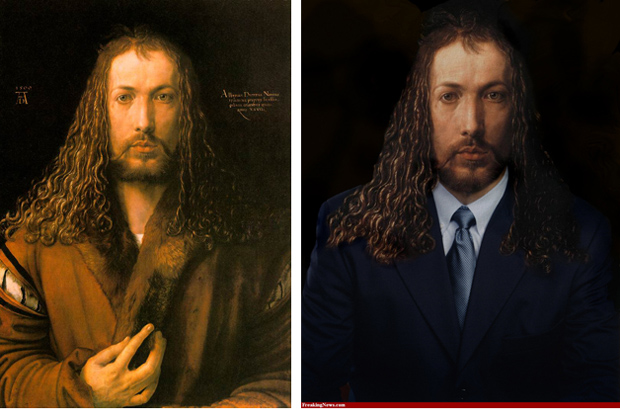
Linking Dürer to the here and now
Why the greatest artist of the Northern European Renaissance was a pioneeer in every sense of the word
It’s hard sometimes to trace the line that connects a modern artist to one who lived a century – let alone over 500 years –ago. So this morning when we were talking to Dr David Anfam, who commissioned a fascinating new book on Albrecht Dürer, we took the opportunity to ask him about the late 15th/early 16th century German painter, printmaker and engraver's relevance to the practice of today’s artists. This is what he said:
“One of the things to which Dürer’s work relates is the question of national identity in art. This is a very provocative issue: is there such a thing as a truly “German” artist? If so, Dürer epitomises for many that kind of ideal. In any event, the concept of what constitutes a German identity is timely because it has specifically engaged various contemporary German painters: among them, Gerhard Richter, Anselm Kiefer and the recently deceased Sigmar Polke.
"In another sense, Dürer’s extraordinary range of media, imagery and ideas certainly suggests a trans-national vision, closer in a sense to that of the so-called uomo universale [universal man] of the Italian Renaissance. Furthermore, it seems to me that in Dürer himself we can see a fascinating clash between the Nordic sensibility and a transalpine, Mediterranean one. (We know he certainly had a wow of a time in Venice and went for the girls!).
"At the end of the day, however, I think it will be Dürer’s perennially astonishing virtuosity and inventiveness as a draughtsman, an image-maker and in short an all-rounder that makes him relevant today. To some extent a lot of contemporary artists have retreated into a “one idea, one image” kind of sensibility. So Dürer’s important as an exemplar of a wide-ranging intellect. He never seemed to put all his eggs in one basket, artistically speaking.
"The other thing I find so compelling about Dürer is that he seems to stand on the cusp separating or joining (depending on how you look at it) the so called medieval mind to that of the early modern one – and he never quite resolves that fruitful contradiction.
"Dürer’s profound fascination with his own self, evinced in a range of riveting self portraits, is extraordinarily up to the minute. You’ve got to remember that the concept of the self, much as we nowadays take it for granted, is a constructed one. And the modern self – angst-ridden, multipartite, even perhaps ultimately an enigma –is very different from how personal identity was conceived in say, 1500. You could argue that there was no such thing then as selfhood in a contemporary sense. Instead, people swore allegiance to God, to a ruler, to state, etc – in comparison to which the self was humbled. So with Dürer we are looking at the emergence of a new, radical and sometime quite egoistical conception of what constitutes a person This attitude underwrites his array of self-portraits. Dürer stares inward almost as much as he scrutinises external reality."
To find out more about Dürer, Jeffrey Chipps-Smith’s new book in our Art&Ideas series is, in the best tradition of the series, intellectually strong yet highly accessible. It’s in the shop now and if you buy it before the end of May we'll give you 30% off.